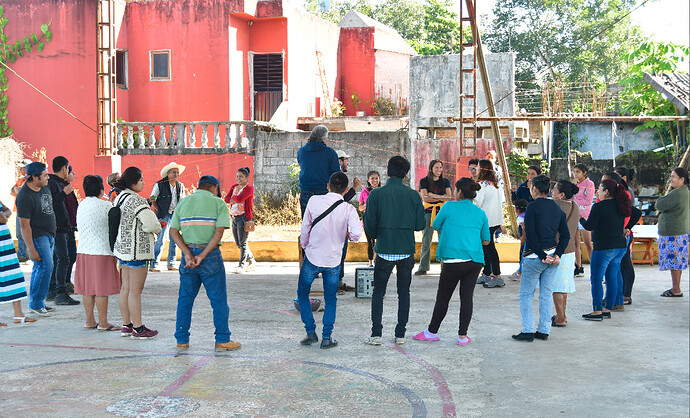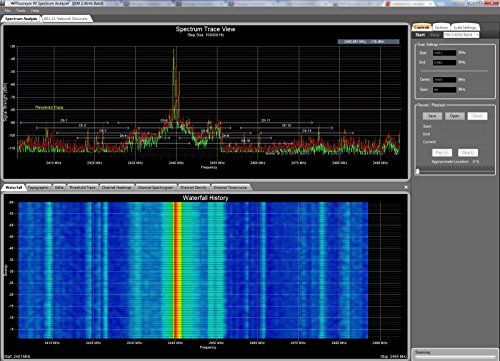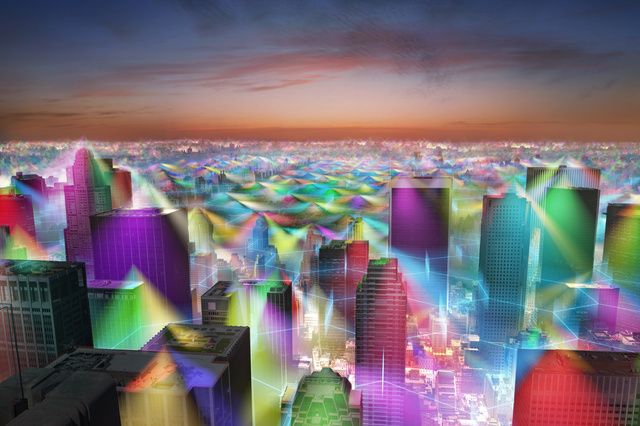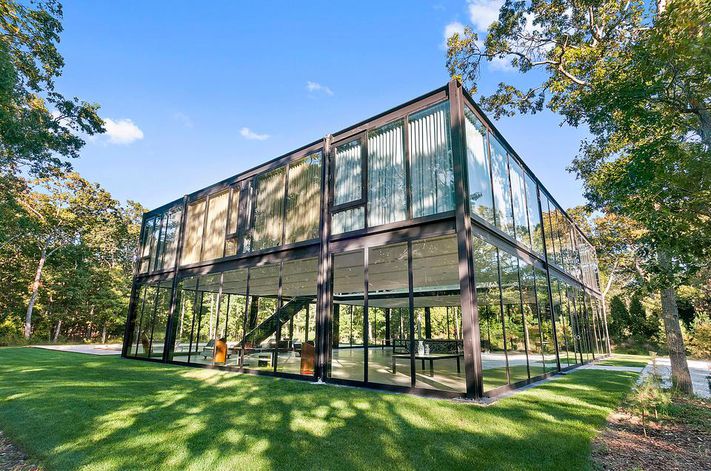The other day we were discussing how explaining what Spectrum is can be really complicated. Conversations towards Policy and Regulation and even understanding how a device truly works can be difficult to explain because of all the technicalities are included. Could we explain it in a simpler way? Do you have any examples?
Last December we had a workshop with an Indigenous community in Puebla, Mexico. When explaining that all devices use different frequencies, we gathered all the participants in a circle and used multicoloured cotton threats to simulate the frequencies. For example, the colour orange was for the local radio. One person would be the broadcaster (he would have the tip of the orange threat) and then, another person who would represent a tower, would be connected with the broadcaster. We asked the participants “who would like to listen to the radio?” and passed along the threat, forth and back with the tower, to the ones that wanted to “listen” to the radio. Then, with another color we would simulate how it would be if someone accessed the internet from inside the community. We repeated the exercise with mobile telephony, Satellite TV and an Intranet (the participants where able to see that when accessing the Internet, the servers that save the information were outside the circle, outside their territory and in the case of the Intranet, the server was inside the circle).
Here are some photos of the exercise:













